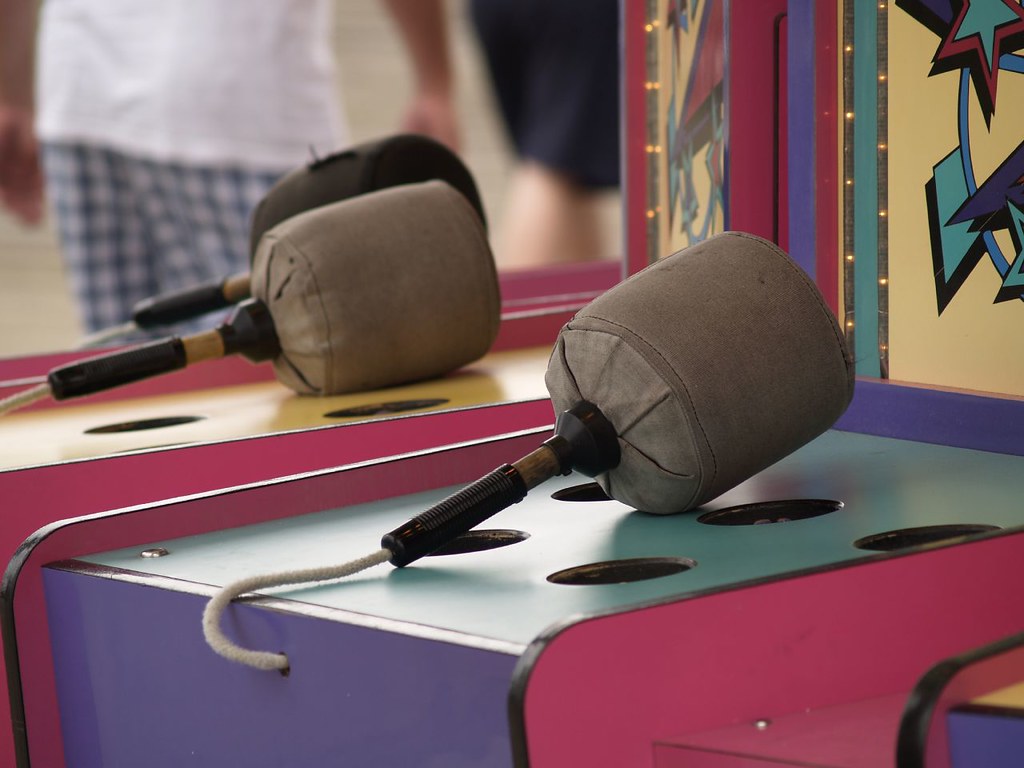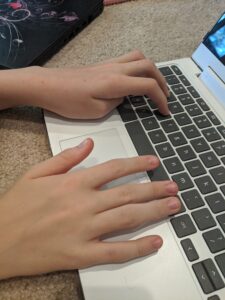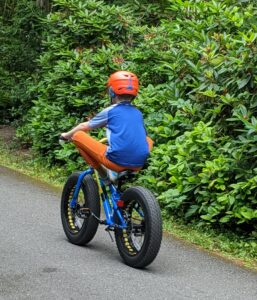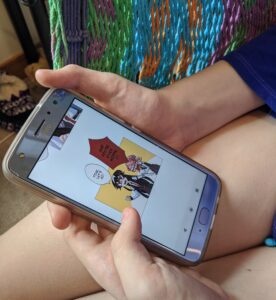 I started this blog in August of 2020, five months after the COVID-19 pandemic began. We were living through such extraordinary times that I wanted to document some of my thoughts on what navigating that was like, particularly as a parent.
I started this blog in August of 2020, five months after the COVID-19 pandemic began. We were living through such extraordinary times that I wanted to document some of my thoughts on what navigating that was like, particularly as a parent.
Now it’s June of 2022, nearly two years later – and while much has changed on the COVID-19 landscape (all three of our kids have been back to in-person schooling all year, for instance), life hasn’t simply regressed to a prior mean of any kind.
Instead, as we all know, the pandemic oh-so-predictably made pre-existing social challenges even more acute – and what we are seeing these days is likely just the beginning of long-lasting ripple effects. Most of us thought we were simply toughing it out during the worst of times in 2020 and would eventually be given some kind of reprieve – but that process has been far from straightforward or inherently comforting.
As someone keenly aware of and interested in systems, patterns, and Ways of Being, I’m obviously watching world events with an ongoing level of heightened interest. Like most Rainforest Minded people, I need to monitor my consumption of, and engagement with, current events so I can maintain an appropriate level of groundedness in daily life and not get too caught up in despair. I do obsessively watch PBS Newshour each evening, listen to NPR while driving, and read major newspaper headlines and some articles – but I also escape into enjoyable activities and try to stay focused on day to day parenting needs.
Just as I did during the height of the pandemic, I’m continuously reflecting on what each of our three 2E kids – I. (age 9), D. (age 12), and C. (age 13) – needs, and how my husband and I can ensure they keep growing and thriving. This year, that’s specifically involved dealing with bullies and anxiety; helping them find therapists; celebrating their executive functioning successes in school (YES!); and continuously accepting that academic achievement will rarely look “typical” for them but can still look pretty awesome.
All of this was challenging enough prior to the pandemic, when I was first desperately trying to figure out my kids’ diagnoses of twice-exceptionality and what that meant for them in terms of providing sufficient support. It’s even harder now – but I’ll add that at least over these past few years I’ve come to terms with the fact that parenting = continuous learning; it’s a journey, not a destination. Pacing for a marathon rather than a sprint continues to be the right metaphor.
Thanks to my ongoing deep dives into neurodiversity, giftedness, anxiety, and parenting more broadly, I’ve internalized that there is no such thing as a “simple answer” for any kid’s schooling and wellness needs – least of all for my own three 2E learners. Instead, I need to continue to pace myself, check in regularly with their teachers, and keep the bigger picture in mind.
These days, however, as astonishing as it is to accept, there are added challenges. While the pandemic is now in some ways much lower on the priority scale, political instability, gun violence, mental wellness, global warfare, climate change, and other such “wicked problems” have continued to intensify – and, as a Gen X-er raised to look to the past to learn about all the hideous mistakes we’ve made so we can avoid making them again (duh!), it’s beyond disheartening to accept that we apparently haven’t evolved enough as humans to move forward in such a linear style of progress.
But aren’t things better now than they were in the past? If we look at historical data rather than current headlines, yes, of course. However, just as I struggle with taking a purely “rational” approach to philanthropy (like that put forth by effective altruists), I can’t accept that what’s happening right now can or should simply be placed into perspective as “better than it used to be”.
The facts on the surface are crystal clear*: authoritarian dictators continue to emerge and stay in power with astonishing levels of acceptance and support; climate change is having disastrous and likely irreversible impacts on our planet; racist ideologies are proliferating rather than receding; drug abuse and suicide rates (especially among younger people) are higher than ever; too many American citizens think that arming teachers and “hardening” schools is a solution to mass shootings; etc.
Speaking of this last topic, my older two kids were involved in a “school safety” incident last week. On a Friday afternoon, we got a mass text message from their district saying that C. and D.’s middle school was “going into a Safe Inside [mode] due to a threat made against the school community.” We were further told: “Police are on their way to investigate. All students and staff are safe. We will provide more information as it becomes available.”
What did I do with this information?
At first, I experienced gut-wrenching panic, of course – and then, after carefully re-reading the message, I realized that there was no immediate danger because our kids were behind locked doors in their classrooms.
At this point, I proceeded to:
- Internalize the fact that this kind of scenario was not such a surprise, really, after the mass shooting in Uvalde, Texas a few weeks ago. I mean, this is our new reality now, right?
- Reflect on how many citizens in other countries don’t need to “internalize” this kind of messaging about the safety of their kids’ schools vis-à-vis gun violence.
- Contemplate what this means for our nation more broadly, and how we seem to be permanently in love with the idea of survival as a series of Wild West battles Americans must simply be prepared for (and too bad if you’re not).
- Feel alarm when my son jokingly says, “FBI – open up!” during a game that evening with his siblings, and I am compelled to interject with part of The School Safety Talk: “You know, if you were locked inside your classroom and heard someone saying that, you shouldn’t automatically believe them… They might not be telling the truth.”
This blog post has rambled. I intended to simply talk about parenting during ongoing turbulent times, and landed pretty quickly on a sense of despair about our nation.
Maybe that was inevitable. It’s impossible to know where things will head in the coming months or years, but my husband and I are talking seriously about our options (such as they are). We try to share bits and pieces with our kids, to the extent we think they can understand, but ultimately – as usual – there are no easy or perfect paths forward.
Just like during the height of the pandemic (which hasn’t ended, btw), I’m focused on keeping the following priorities in mind. I want to ensure my kids understand that:
- our well-being as a family comes first and foremost;
- we will protect them as much as humanly possible;
- caring for one another remains paramount.
I’ll return in another post to share more about the personal (adult) ramifications world events are having on my life as a gifted grown-up; for now, I’m accepting that this is all simply part of the inherently messy journey of parenting.
‘Twas ever thus, one way or another.
* … at least to those not deluded by misinformation campaigns – most certainly a topic for yet another post.
Copyright © 2022 by HalfoftheTruth.org. Please feel free to share with attribution.




 There have been many moments during the past few weeks of remote learning when I’ve been tempted to stop and write a post about a “sample day” – just to give a taste of what life in our household of three twice-exceptional learners is like.
There have been many moments during the past few weeks of remote learning when I’ve been tempted to stop and write a post about a “sample day” – just to give a taste of what life in our household of three twice-exceptional learners is like.



